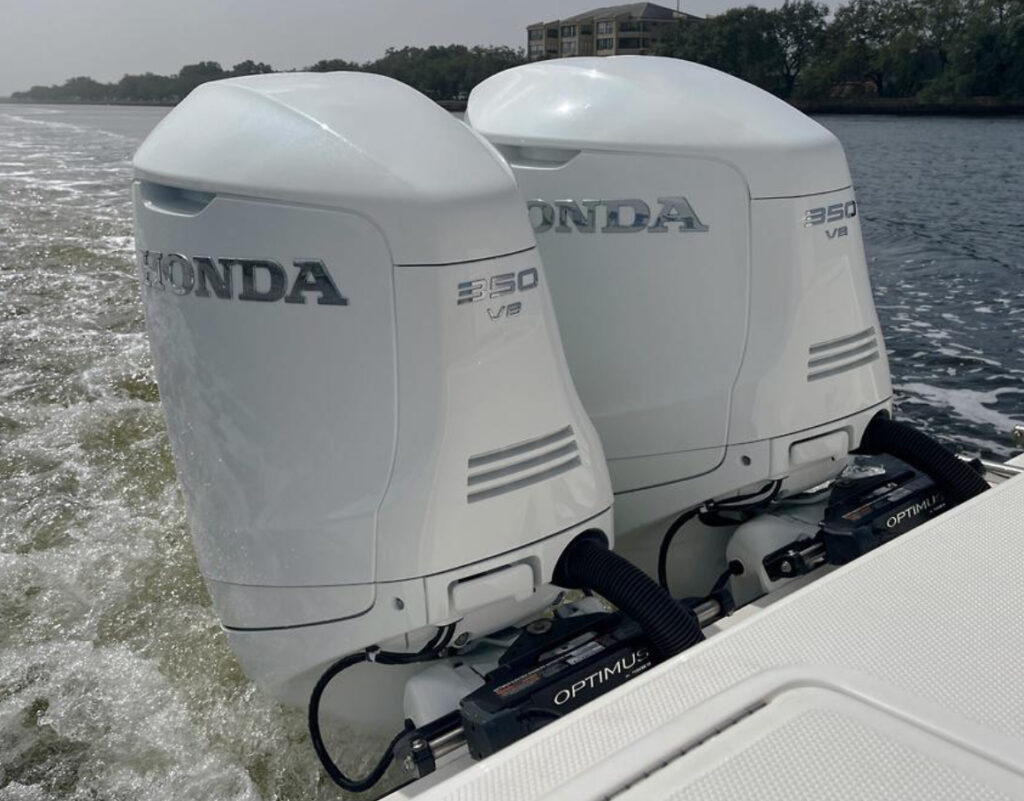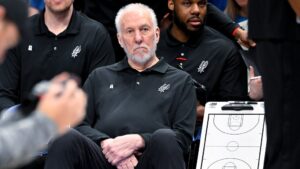Honda has long been known for its engineering ingenuity, with a reputation built on high-efficiency, high-performance engines primarily designed for motorcycles, automobiles, and power equipment. However, the company has historically avoided producing V8 engines for consumer vehicles, instead focusing on smaller, fuel-efficient powertrains that align with global environmental and regulatory trends. This philosophy was particularly driven by the Japanese market, where strict emissions regulations and high taxation on large-displacement engines have made smaller engines more practical and commercially viable.
Despite its absence in the consumer V8 space, Honda has experience with V8 powerplants in the motorsports arena. During its involvement in American open-wheel racing, Honda Performance Development (HPD) created a 2.65-liter turbocharged V8 engine for the IndyCar series from the mid-1980s to early 2000s. This engine, while not available to the general public, demonstrated Honda’s capability to engineer high-performance V8 powertrains for demanding applications. Still, for decades, enthusiasts and industry observers speculated whether the automaker would ever introduce a V8 engine for production use.
That speculation came to an end in September 2023, when Honda officially unveiled its first-ever production V8 engine, the BF350, an outboard motor designed for the marine industry. This 5.0-liter V8 engine was developed to cater to the growing demand for high-performance outboard motors for larger boats, specifically those over 25 feet in length. The BF350 marked a significant milestone in Honda’s history, signaling the company’s strategic move into larger displacement powertrains while maintaining its core values of efficiency, reliability, and innovation.
The Honda BF350: A Revolutionary Marine Powerhouse
The Honda BF350 is a 5.0-liter V8 outboard engine that produces 350 horsepower at 5,500 RPM, providing ample power for a wide range of boating applications. Unlike many competitors in the marine industry, Honda integrated several of its proprietary automotive technologies into the BF350, offering a unique blend of power, efficiency, and refinement.
One of the standout features of the BF350 is the inclusion of Variable Valve Timing and Lift Electronic Control (VTEC) technology. Originally developed for Honda’s automotive engines, VTEC allows for optimal valve timing across different RPM ranges, resulting in improved fuel efficiency, enhanced low-end torque, and strong top-end power. This technology ensures that the BF350 provides excellent acceleration and cruising capabilities, making it a versatile choice for both recreational and commercial boaters.
Another key innovation is Honda’s Boosted Low Speed Torque (BLAST) system, which optimizes air-fuel mixture and ignition timing to maximize power at lower RPMs. This feature significantly improves acceleration and allows boaters to get on plane quickly, which is especially useful when carrying heavy loads or navigating rough waters.
To ensure smooth operation and reduced noise, the BF350 is equipped with Advanced Dual Overhead Camshaft (DOHC) technology, which contributes to precise valve control and efficient airflow. Additionally, the engine features an intelligent electronic control unit (ECU) that monitors various parameters, including temperature, pressure, and load, to optimize performance in real time.
Expanding the V8 Family: The Honda BF300
Following the success of the BF350, Honda introduced a slightly detuned version of the same 5.0-liter V8 platform in January 2025—the BF300. This new engine produces 300 horsepower, catering to customers who require a balance between power and fuel economy. The BF300 was designed to appeal to a broader market, including recreational boaters who prioritize efficiency over outright performance but still desire the benefits of a V8 powertrain.
Like its more powerful sibling, the BF300 features VTEC and BLAST technologies, ensuring it retains the same responsiveness and efficiency that have made Honda engines renowned across multiple industries. The introduction of the BF300 further solidifies Honda’s commitment to providing a diverse range of marine propulsion solutions to meet varying customer needs.
Honda’s Strategic Move into the Marine Market
Honda’s entry into the V8 marine engine market represents a calculated effort to diversify its portfolio beyond automobiles and motorcycles. The marine industry has seen steady growth in demand for high-powered outboard motors, particularly as boat sizes continue to increase and consumers seek reliable, fuel-efficient propulsion systems.
By leveraging its expertise in automotive engineering and applying it to marine applications, Honda is positioning itself as a formidable competitor against established players such as Yamaha and Mercury Marine. The BF350 and BF300 engines offer a compelling alternative to traditional two-stroke outboard motors, which, while powerful, often lack the efficiency and refinement that four-stroke Honda engines are known for.
Honda’s reputation for reliability is a significant selling point in the marine industry, where engine failures can have severe consequences. With a long history of producing durable and fuel-efficient powertrains, the company is well-positioned to capture market share among commercial operators and recreational boaters alike.
Impression
While the BF350 and BF300 have firmly established Honda’s presence in the marine V8 sector, industry observers are speculating whether the company will further expand its V8 offerings into other markets. Potential applications could include larger vehicles such as trucks, SUVs, or performance-focused sports cars under Honda or Acura brands. However, given the company’s strong commitment to hybrid and electric powertrains, it remains uncertain whether Honda will pursue a V8 for road-going applications.
Nevertheless, Honda’s ability to engineer a high-performance, fuel-efficient V8 engine suggests that it has the technical know-how to explore other opportunities should market demands evolve. In the meantime, the success of the BF350 and BF300 proves that Honda’s entry into the V8 space has been carefully considered and strategically executed.
No comments yet.








